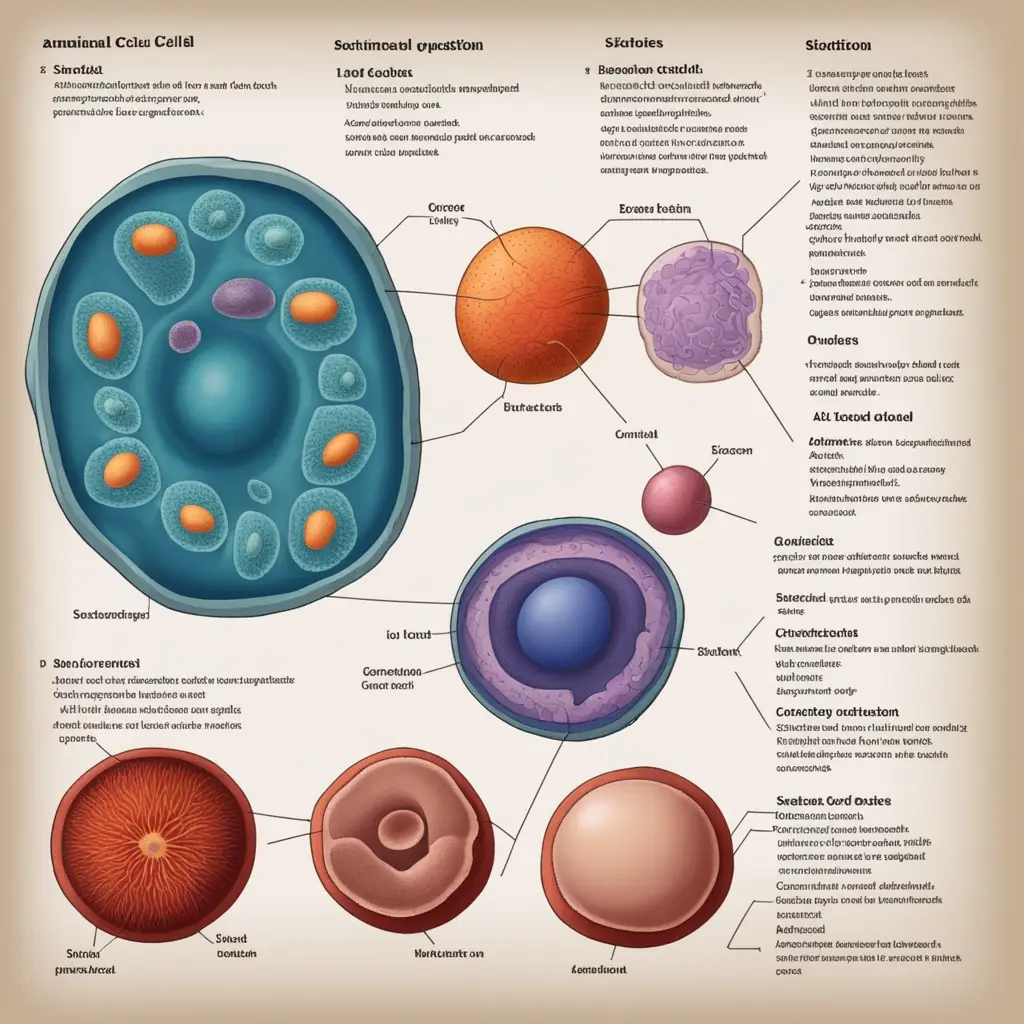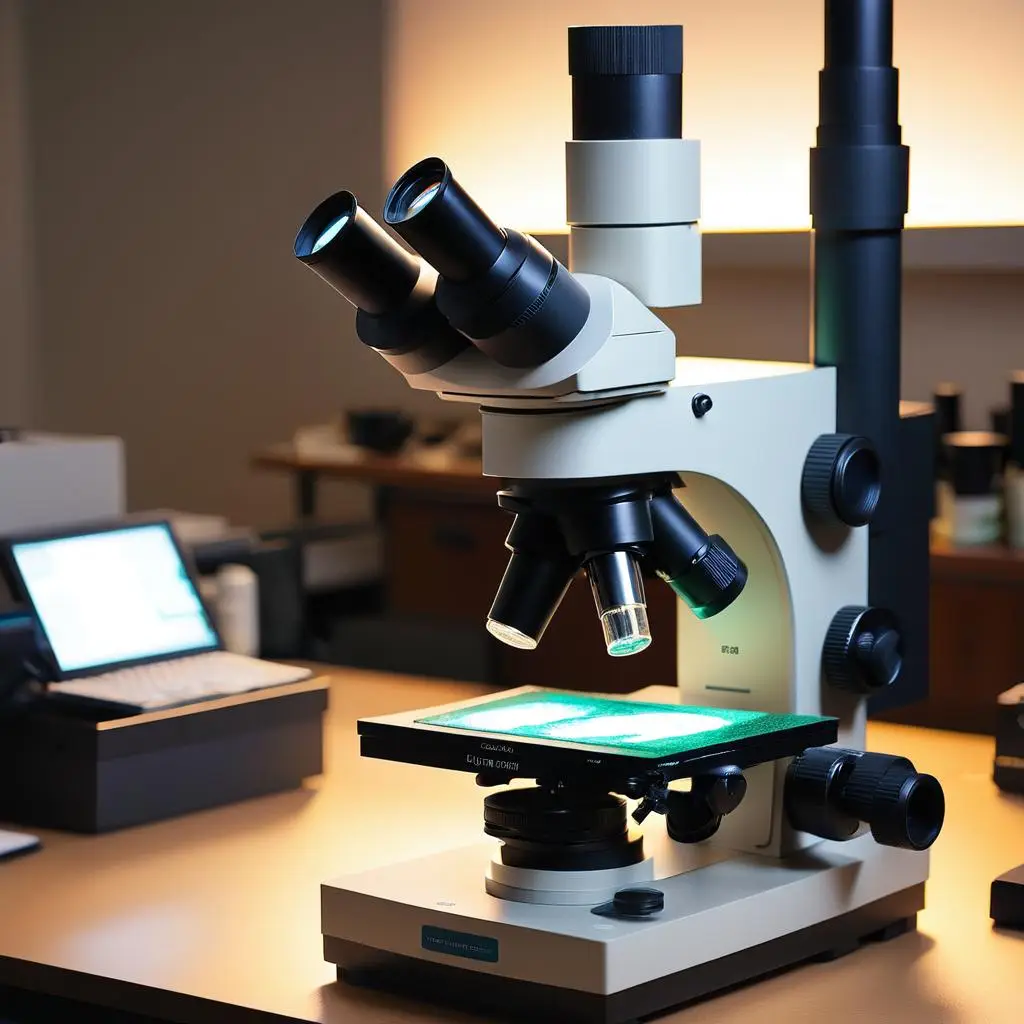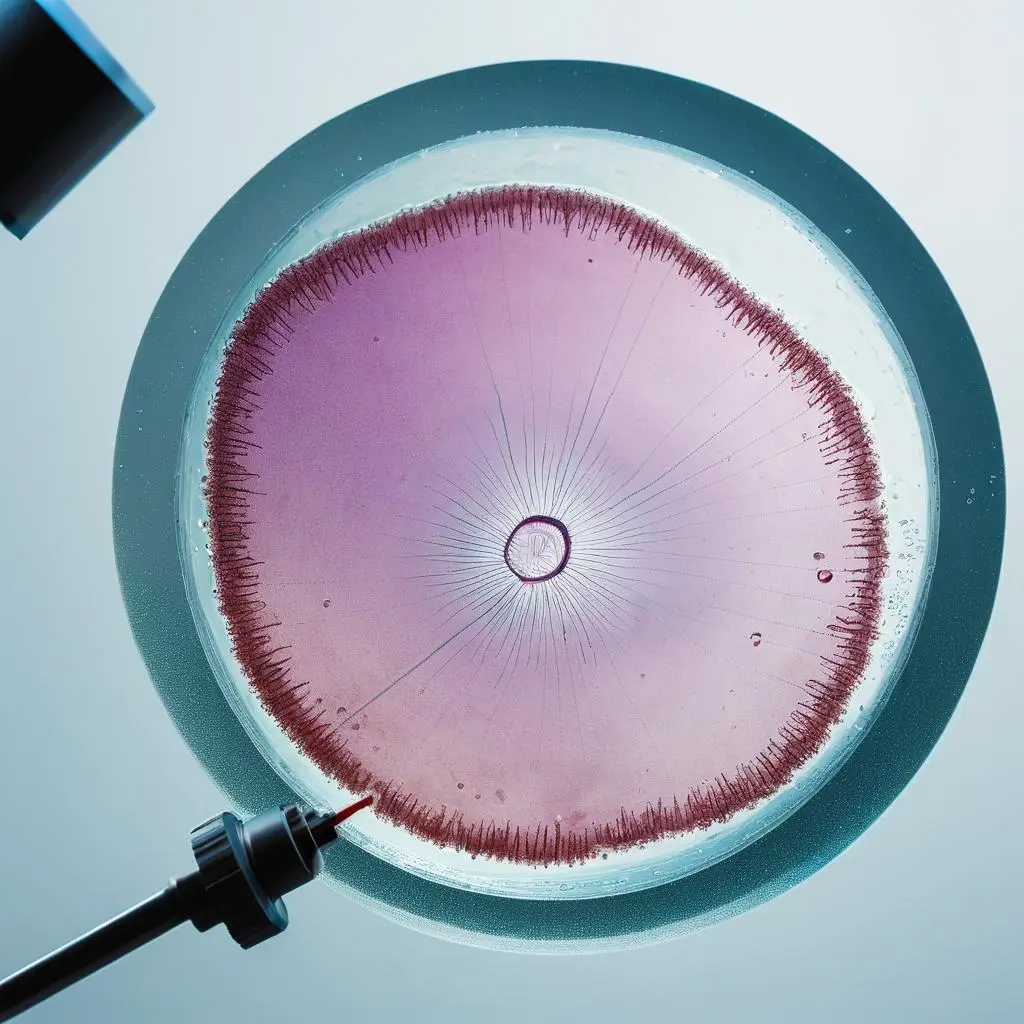Light microscopes were invented around 1590. The invention is credited to Dutch spectacle makers Hans Janssen and his son Zacharias Janssen. This early microscope was created in Middelburg, the Netherlands. Their design was one of the first to utilize multiple lenses to magnify objects. Although there is some debate over the precise details and contributors, the Janssens are widely recognized for their pioneering work in the development of the light microscope.

ABOUT LIGHT MICROSCOPES
Light microscopes were invented around 1590. The invention is credited to Dutch spectacle makers Hans Janssen and his son Zacharias Janssen. This early microscope was created in Middelburg, the Netherlands. Their design was one of the first to utilize multiple lenses to magnify objects. Although there is some debate over the precise details and contributors, the Janssens are widely recognized for their pioneering work in the development of the light microscope.
A light microscope magnifies small objects, allowing us to see details that are not visible to the naked eye. It uses visible light and a system of lenses to enlarge images of tiny samples. The primary components include an eyepiece lens, objective lenses, a stage to hold the specimen, and a light source. By adjusting the focus, the user can bring the specimen into clear view.

The microscope works by shining light through the specimen, which is then refracted and magnified by the lenses. Different objective lenses provide various levels of magnification, typically ranging from 4x to 100x. These microscopes are commonly used in biology, medicine, and materials science to examine cells, tissues, and microorganisms.

Staining techniques can be applied to specimens to enhance contrast and reveal specific structures. Light microscopes are essential tools in educational settings, research laboratories, and clinical environments. They provide critical insights into the microscopic world, helping to advance scientific understanding and medical diagnoses.
WORKED EXAMPLES
A light microscope has a x10 eyepiece and a x40 objective lens. The image of an onion cell viewed using this microscope is 0.2mm long. Calculate the total magnification of the microscope and show me the working out
ANSWER
To calculate the total magnification of a light microscope, you multiply the magnification of the eyepiece lens by the magnification of the objective lens.
Given:
- Eyepiece lens magnification (( M_{eyepiece} )) = ( 10x )
- Objective lens magnification (( M_{objective} )) = ( 40x )
The formula for total magnification (( M_{total} )) is:
[ M_{total} = M_{eyepiece} times M_{objective} ]
Now, plug in the values:
[ M_{total} = 10x times 40x = 400x ]
So, the total magnification of the microscope is ( 400x ).
This means the onion cell image is magnified 400 times its actual size.
